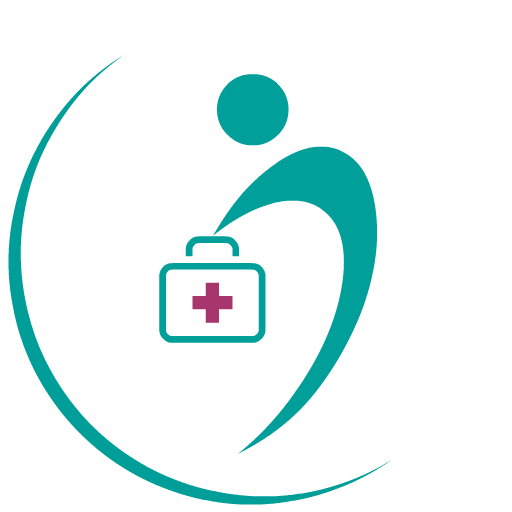Nonalcoholic fatty liver disease (NAFLD) is an umbrella term for a range of liver conditions affecting people who drink little to no alcohol.
As the name implies, the main characteristic of NAFLD is too much fat stored in liver cells.
NAFLD is increasingly common around the world, especially in Western nations. In the United States, it is the most common form of chronic liver disease, affecting about one-quarter of the population.
Some individuals with NAFLD can develop nonalcoholic steatohepatitis (NASH), an aggressive form of fatty liver disease, which is marked by liver inflammation and may progress to advanced scarring (cirrhosis) and liver failure. This damage is similar to the damage caused by heavy alcohol use.
Symptoms
NAFLD usually causes no signs and symptoms. When it does, they may include:
Fatigue
Pain or discomfort in the upper right abdomen
Treatment
If you have NAFLD without any other medical problems, you don’t need any special treatment. But making some lifestyle changes can control or reverse the fat buildup in your liver. These may include:
Losing weight
Lowering your cholesterol and triglycerides
Controlling your diabetes
Avoiding alcohol
When to see a doctor
Make an appointment with your doctor if you have persistent signs and symptoms that cause you concern.
Causes
Experts don't know exactly why some people accumulate fat in the liver while others do not. Similarly, there is limited understanding of why some fatty livers develop inflammation that progresses to cirrhosis.
NAFLD and NASH are both linked to the following:
Overweight or obesity
Insulin resistance, in which your cells don't take up sugar in response to the hormone insulin
High blood sugar (hyperglycemia), indicating prediabetes or type 2 diabetes
High levels of fats, particularly triglycerides, in the blood
These combined health problems appear to promote the deposit of fat in the liver. For some people, this excess fat acts as a toxin to liver cells, causing liver inflammation and NASH, which may lead to a buildup of scar tissue in the liver.
Risk factors
A wide range of diseases and conditions can increase your risk of NAFLD, including:
High cholesterol
High levels of triglycerides in the blood
Metabolic syndrome
Obesity, particularly when fat is concentrated in the abdomen
Polycystic ovary syndrome
Sleep apnea
Type 2 diabetes
Underactive thyroid (hypothyroidism)
Underactive pituitary gland (hypopituitarism)
Complications
The main complication of NAFLD and NASH is cirrhosis, which is late-stage scarring in the liver. Cirrhosis occurs in response to liver injury, such as the inflammation in NASH. As the liver tries to halt inflammation, it produces areas of scarring (fibrosis). With continued inflammation, fibrosis spreads to take up more and more liver tissue.
If the process isn't interrupted, cirrhosis can lead to:
Fluid buildup in the abdomen (ascites)
Swelling of veins in your esophagus (esophageal varices), which can rupture and bleed
Confusion, drowsiness and slurred speech (hepatic encephalopathy)
Liver cancer
End-stage liver failure, which means the liver has stopped functioning
Between 5% and 12% of people with NASH will progress to cirrhosis.
Prevention
To reduce your risk of NAFLD:
Choose a healthy diet. Choose a healthy plant-based diet that's rich in fruits, vegetables, whole grains and healthy fats.
Maintain a healthy weight. If you are overweight or obese, reduce the number of calories you eat each day and get more exercise. If you have a healthy weight, work to maintain it by choosing a healthy diet and exercising.
Exercise. Exercise most days of the week. Get an OK from your doctor first if you haven't been exercising regularly.
Living with fatty liver disease
If you are living with fatty liver disease, learn as much as you can about your condition and work closely with your medical team. Since many medications can harm your liver, always let all your health care providers know about any medications you are taking. These include OTC drugs, dietary supplements, and vitamins. Other ways to manage fatty liver disease include maintaining a healthy weight, eating a balanced diet, getting regular exercise, and continuing to avoid alcohol.
Blogs
Stay connected to health experts and read what they have to say via DocSmart.
Please sign up to create your own blog





